Admiral Sir William Wordsworth Fisher was a Royal Navy officer who captained a battleship at the Battle of Jutland and became Commander-in-Chief of the Mediterranean Fleet. Arthur Marder wrote that he was "the outstanding admiral of the inter-war period".

Admiral of the Fleet Sir George Astley Callaghan was an officer in the Royal Navy. During the Boxer Rebellion he served as commander of a naval brigade sent ashore to form an element of a larger expedition under Lieutenant-General Sir Alfred Gaselee: the expedition entered Peking and rescued the legations which had been held hostage there. He came to prominence again when, as Second-in-Command of the Mediterranean Fleet, he assisted with the provision of aid to survivors of the Messina earthquake, which had caused the loss of circa 123,000 lives.

Admiral of the Fleet Sir John Michael de Robeck, 1st Baronet, was an officer in the Royal Navy. In the early years of the 20th century he served as Admiral of Patrols, commanding four flotillas of destroyers.

Admiral of the Fleet Sir Henry Bradwardine Jackson, was a British Royal Navy officer. After serving in the Anglo-Zulu War he established an early reputation as a pioneer of ship-to-ship wireless technology. Later he became the first person to achieve ship-to-ship wireless communications and demonstrated continuous communication with another vessel up to three miles away. He went on to be Third Sea Lord and Controller of the Navy, then Director of the Royal Naval War College and subsequently Chief of the Admiralty War Staff. He was advisor on overseas expeditions planning attacks on Germany's colonial possessions at the start of the First World War and was selected as the surprise successor to Admiral Lord Fisher upon the latter's spectacular resignation in May 1915 following the failure of the Gallipoli Campaign. He had a cordial working relationship with First Lord of the Admiralty Arthur Balfour, but largely concerned himself with administrative matters and his prestige suffered when German destroyers appeared in the Channel, as a result of which he was replaced in December 1916.
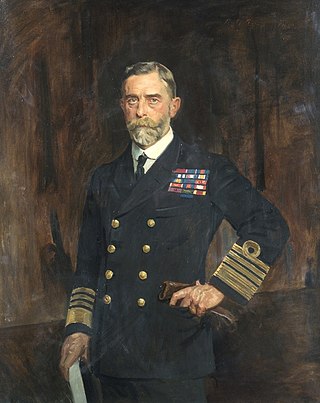
Admiral of the Fleet Sir Charles Edward Madden, 1st Baronet,, was a Royal Navy officer who served during the First World War as Chief of the Staff to Sir John Jellicoe in the Grand Fleet from 1914 to 1916 and as Second-in-Command of the fleet under Sir David Beatty from 1916 to 1919. He was Commander-in-Chief of the Atlantic Fleet after the war and served as First Sea Lord in the late 1920s. In that role, in order to avoid an arms race, he accepted parity with the United States in the form of 50 cruisers defending his position on the basis that he only actually had 48 cruisers anyway.

Admiral of the Fleet Sir Roger Roland Charles Backhouse, was a Royal Navy officer. He served in the First World War as a cruiser commander and after the war became a battle squadron commander and later Commander-in-Chief, Home Fleet. Becoming First Sea Lord in November 1938, his major contribution in that role was to abandon the official British policy of sending a major fleet to Singapore to deter Japanese aggression, realising the immediate threat was closer to home and that such a policy was no longer viable. He died from a brain tumour in July 1939 just before the outbreak of the Second World War.

Admiral Sir Edwyn Sinclair Alexander-Sinclair, was a Scottish Royal Navy officer, notable for firing the first shots of the Battle of Jutland, and for leading a squadron of light cruisers in the Baltic to support independence of Estonia and Latvia in 1918 to 1919.

Admiral of the Fleet Sir Cecil Burney, 1st Baronet, was a Royal Navy officer. After seeing action as a junior office in naval brigades during both the Anglo-Egyptian War and the Mahdist War, he commanded a cruiser in operational service during the Second Boer War. As a flag officer he commanded the Plymouth Division of the Home Fleet, the 5th Cruiser Squadron, the Atlantic Fleet and then the 3rd Battle Squadron.

Admiral of the Fleet Sir Charles Morton Forbes, was a Royal Navy officer. He served in the First World War, seeing action in the Dardanelles campaign and at the Battle of Jutland and, as captain of a cruiser, was present at the surrender of the German fleet. During the Second World War, he served as Commander-in-Chief, Home Fleet: his fleet suffered heavy losses including the aircraft carrier HMS Glorious and nine destroyers during the Norwegian campaign in Spring 1940. He went on to be Commander-in-Chief, Plymouth in May 1941 and in that capacity he organised the defence of Plymouth from air attack, prosecuted attacks on enemy shipping using the harbour at Brest as well as other ports along the French coast, and also initiated the St Nazaire Raid in March 1942 before retiring in August 1943.

Admiral Sir Cecil Foley Lambert KCB was a Royal Navy admiral during World War I.

Admiral of the Fleet Sir Osmond de Beauvoir Brock, was a Royal Navy officer. Brock served as assistant director of naval intelligence and then as assistant director of naval mobilisation at the Admiralty in the early years of the 20th century. During the First World War Brock commanded the battlecruiser HMS Princess Royal at the Battle of Heligoland Bight and at the Battle of Dogger Bank. He then commanded the 1st Battlecruiser Squadron with his flag in HMS Princess Royal at the Battle of Jutland.
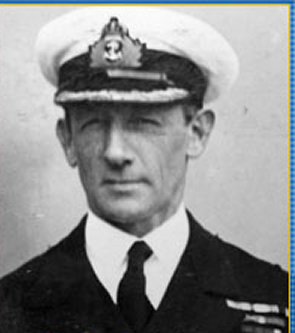
Admiral Sir Gerald Louis Charles Dickens was a senior Royal Navy officer and the grandson of Victorian novelist Charles Dickens.
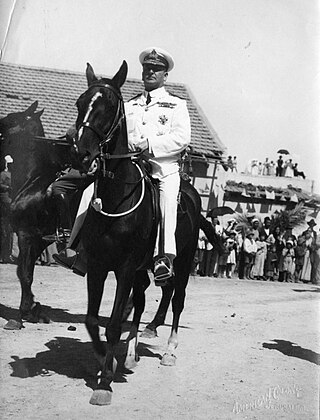
Admiral Sir Richard Webb was a British Royal Navy officer.

Admiral of the Fleet Sir Arthur Dalrymple Fanshawe, was a Royal Navy officer. As a captain he became commanding officer, successively, of the troopships HMS Jumna and HMS Malabar, which were tasked with ferrying troops between the United Kingdom and India. These were difficult commands with regular disputes between the military officers in charge of the troops and the naval officers in command of the ships.
Admiral Sir Charles John Briggs was a Royal Navy officer who went on to be Third Sea Lord and Controller of the Navy.
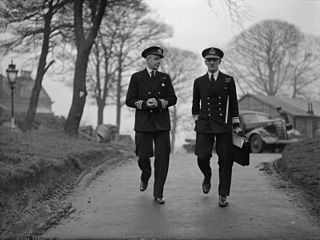
Cedric Swinton Holland CB was an officer of the Royal Navy who saw service during the First and Second World Wars, rising to the rank of vice-admiral.
William George Elmhirst Ruck-Keene MVO was an Admiral of the Royal Navy.
Admiral Bertram Mordaunt Chambers, CB was a Royal Navy officer who served in Australia and Canada.
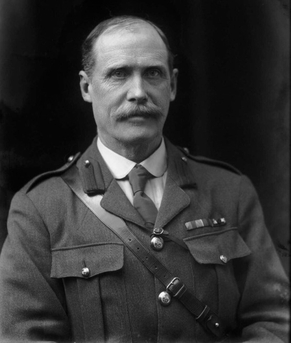
Vice-Admiral Gerald Charles Adolphe Marescaux was a Royal Navy and British Army officer. Having joined the navy in 1873, Marescaux spent the majority of his time as a junior officer serving on surveying duties. Promoted to commander in 1896, he served as captain of ships undergoing trials at Sheerness until 1900. He was promoted to captain in 1903 and held commands at home and on the China Station before, in 1910, he took command of the North of Ireland Coastguard. In 1913 he was made King's Harbour Master, Portland, and promoted to rear-admiral.














